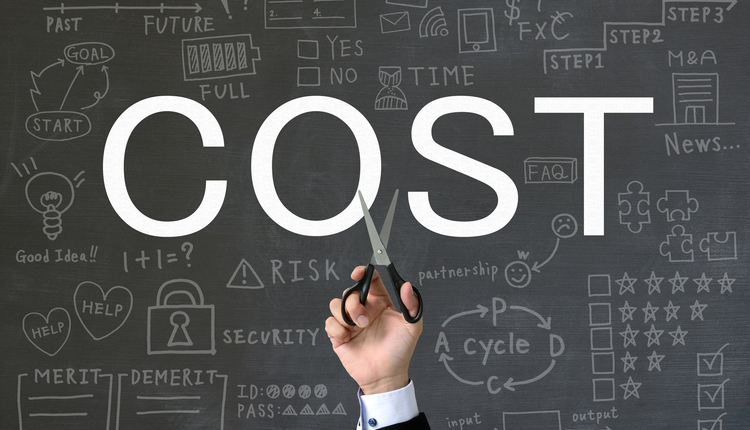The USPS Electronic Verification System (eVS) allows shippers to submit electronic documentation and pay for postage electronically instead of producing paper manifests and statements. eVS started years ago as a means for large package consolidators to more easily interact with the USPS electronically. It has recently gone mainstream so that any shipper can take advantage of this program to save time, money and reduce human error. eVS is available for packages and some flats, including Bound Printed Matter parcels, First-Class flats/packages, Library flats/packages, Media Mail flats/packages, Priority Mail letters/flats/packages, and Parcel Select presorted and non-presorted.
With eVS, shippers of drop-shipped packages will no longer need paper 8125s, and a single national permit pays for shipments from any location. eVS shippers don’t provide paper postage statements and manifests, nor do they have to go through the normal acceptance and verification process at their Detached Mail Units (DMU) or Business Mail Entry Units (BMEU). This creates significant value for the USPS as it saves it time and labor hours over paper manifest validation at induction and streamlines acceptance to the shipper. The eVS program is similar to the USPS Full-Service, eInduction and Seamless Acceptance programs for letter and flat mail all rolled up into one. But — and here’s the best thing about eVS — it’s been around for a fairly long time, so it has had time to age and mature. It is much simpler for mailers coming on now.
More and more shippers, both large and small, are jumping on the eVS bandwagon, in part because the USPS BMEUs are “encouraging” mailers to transition from paper manifesting to eVS. There have been reported instances where BMEUs were refusing to accept hard copy manifest statements as they didn’t have the resources to perform the necessary audits on the paper manifest reports. Of course, since eVS is not yet mandatory, the BMEUs are overruled, but many suspect that this may change in the not so distant future.
One recent development making implementation much easier is the recently introduced USPS Parcel Data Exchange (PDX) system. PDX makes communication with the USPS more secure, reliable and efficient than other options. FTP, the primary communication method for non-eVS shippers, is being phased out entirely. So, if you are sending your Shipping Services Files (SSF) to the USPS via FTP, you need to check with your software vendor about changing to PDX, AS2 or Secure FTP. If you upgrade your communications, it will likely be worth going to eVS at the same time as the requirement is inevitable.
Some vendors in the shipping industry have already been certified to process shipments via eVS. Their software can create and print IMpb eVS shipping labels using a variety of data sources, then create the SSF and submit it to eVS via the new PDX file transfer protocol. As with PostalOne!, mailers and the USPS can exchange documents and information electronically, and postage is paid via permit.
Is eVS Better than PC Postage?
As far as why eVS is better than PC postage, you pay for mail when the mail is actually entered, so you don’t have to worry about refunds for unused postage or making sure you mail on the date printed on the PC postage. Plus, eVS gives you exposure to more presorted rates than PC postage or meters, and you don’t have to print the postage amount on the mail piece. For example, you can use eVS but not PC postage to pay for the following: Bound Printed Matter parcels, Library flats/packages, Media Mail flats/packages, and Parcel Select (both Presorted and Non-Presorted).
With eVS, there are no manifests to print, and acceptance takes no time at all. If you want presorted rates, the best way to get them is to run the presort, then send them through eVS.
Why the Switch to eVS?
It is probably replacing regular manifesting for the same reason Full-Service, eInduction and Seamless are replacing paper statements and qualification reports for letter and flat mailers: better visibility into the makeup of the mail and easier automated verification downstream of induction so mail clerks don’t have to do as much work when accepting mail. This translates into big labor savings for the USPS. Remember: eVS is the equivalent of Full Service, eInduction and Seamless for packages.
So, if you ship packages and want an alternative solution to PC Postage or conventional manifest systems, or if you are presorting, eVS should be at the top of your list!
Lloyd Moss, VP of Premier Client Solutions, Window Book has worked for postal software vendors since 1991 and has assisted hundreds of mailers of all types. He also served as a subject matter advisor on U.S. Postal Service eDoc and Intelligent Mail Full-Service projects for three years while at Accenture.











